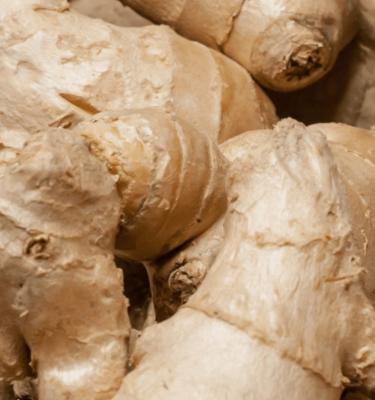

How to Grow Ginger
Ginger is a tasty and easy spice to grow in your own garden. Tropical and subtropical gardeners can grow ginger year-round in warm and humid climates. Temperate gardeners will be able to grow ginger during the warmer months of the year only unless they have a greenhouse or similar to keep the plant safe from cold winter nights and frost. It’s the rhizomes or root of the ginger plant you harvest for the zesty, warming spice that you can use in stir-fries, curries, teas, or even dry it to make ground ginger.
Top 5 tips for growing ginger
- Ginger needs a filtered sunspot in a moist soil
- Purchase large, firm ginger root sections from the greengrocers or your local nursery for planting
- Grow ginger in your garden or a pot
- If growing outside of the tropics or sub tropics, grow ginger in a pot so you can bring it indoors during winter.
- Dig up and harvest the rhizomes yearly in autumn
Essential shopping list for planting ginger
- Ginger rhizomes/roots
- Scotts Performance Naturals Organic Based Soil Improver
- Scotts Performance Naturals All Purpose Organic Based Fertiliser
- Garden trowel
- Mulch
- Pot
- Scotts Performance Naturals Premium Organic Based Potting Mix - if growing in pots
Prepare
- Choose a filtered sun spot in your garden or if growing in temperate regions a greenhouse is ideal. You can also grow ginger indoors over winter if needed.
- Enrich the soil with organic matter before planting by mixing through Scotts Performance Naturals Organic Based Soil Improver and Scotts Performance Naturals All Purpose Organic Based Fertiliser.
- The soil needs to be moist, but free draining. Soggy soil will cause the rhizomes to rot.
Planting ginger in the garden
- Cut the large ginger rhizome into smaller pieces about 3cm long - making sure each piece has a growing point or “eye”.
- Leave the cut pieces exposed to the air for a few days to dry before planting.
- Plant each piece 5-10cm deep with the growth eye pointing up. Leave 20cm between pieces.
- Keep the soil moist, but not soggy.
- Lightly mulch after they’ve sprouted with an open mulch to retain moisture.
When to harvest Ginger
Harvest the whole ginger plant in autumn or when it outgrows its pot.
Dig up your ginger and wash the soil off the rhizome with running water and leave it to dry before using or storing.
Replant a few healthy rhizomes to begin the cycle again.

Common ginger pests & diseases
- Root rot is one of the most common killers of ginger. To prevent this make sure the plant's roots are moist, but never soggy and the soil it’s planted into has good drainage.
- Slugs and Snails are most likely to cause significant damage to young shoots. Protect young ginger plants by setting beer traps (saucers filled with beer) amongst them or use Defender Snail & Slug Pellets.




